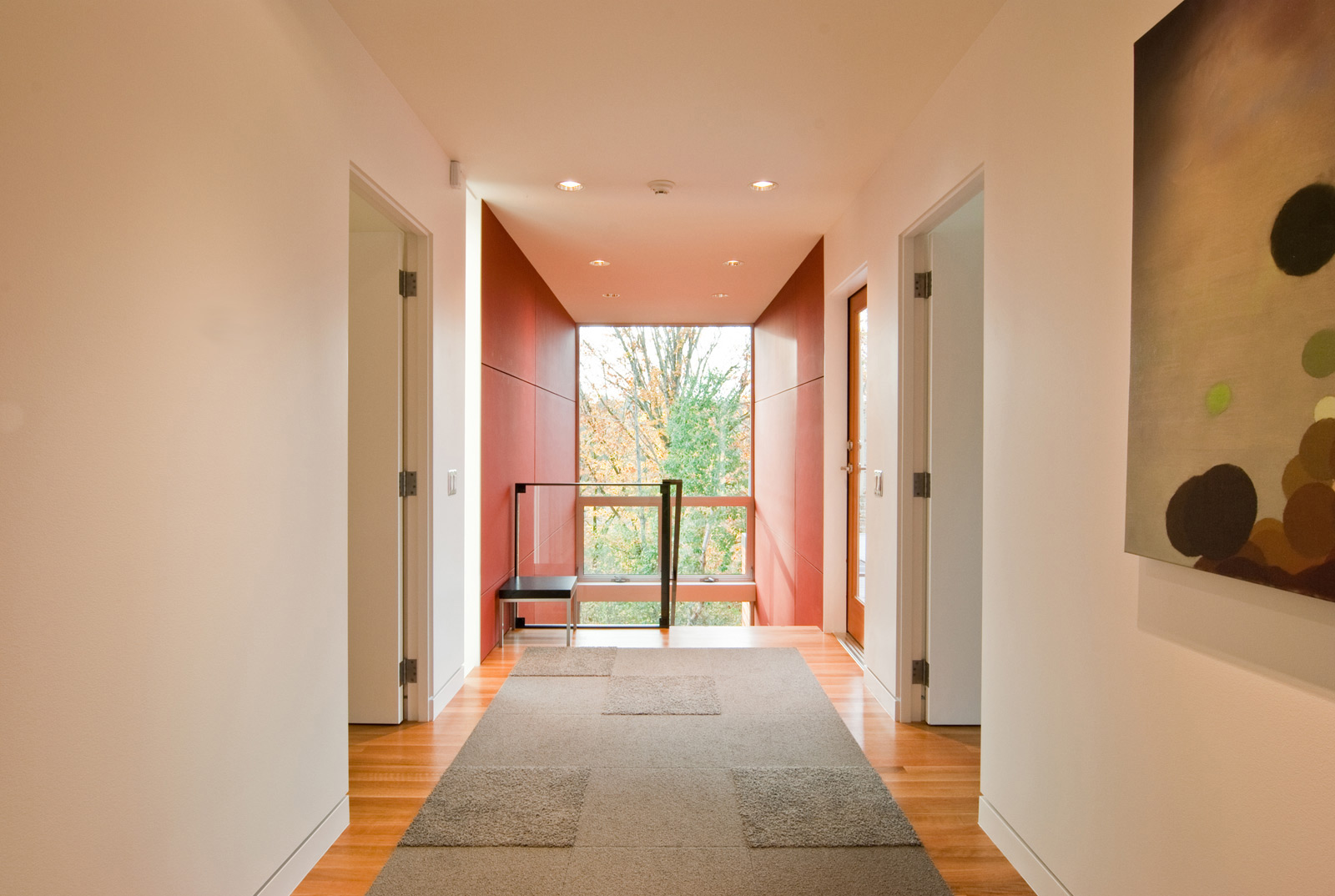
"The best way to deal with smog is to make less of it, but it's too late to just do that. And when it comes to cleaning up your already polluted air, mesh structures like this one in Mexico City are a stylish way to filter a whole city's worth of air.
This porous wall currently being constructed around a Mexico City hospital, designed by the Berlin firm Elegant Embellishments, tackles the smog problem in two separate ways. First, and most obvious, is its design. As Elegant Embellishments' co-founder Allison Dring told Co.Exist, the wall's many oddly shaped holes actually slow down wind and create turbulence to churn as much air as possible through the enoromous filter.

Then, of course, there's the real de-pollution workhorse: a coating of titanium dioxide. When the coating comes in contact with smog, it breaks down the pollutants into simpler, harmless parts like calcium nitrate, carbon dioxide, and water. And all without breaking down the coating at all, leaving it fully intact to desmog every new breeze that sweeps in.
It's not nearly as desirable as a good preventative solution, but structures like this could be the future of dealing with the smog that's already out there and—let's face it—the smog that will continue to be generated for years to come. And the stark, distinctive style of giant filters like these are a way better futuristic development than scenes that look like they're straight out of Blade Runner. [Co.Exist]"

-Eric Limer of Gizmodo
http://gizmodo.com/5992764/this-giant-mesh-wall-acts-like-an-air-filter-for-mexico-city


















